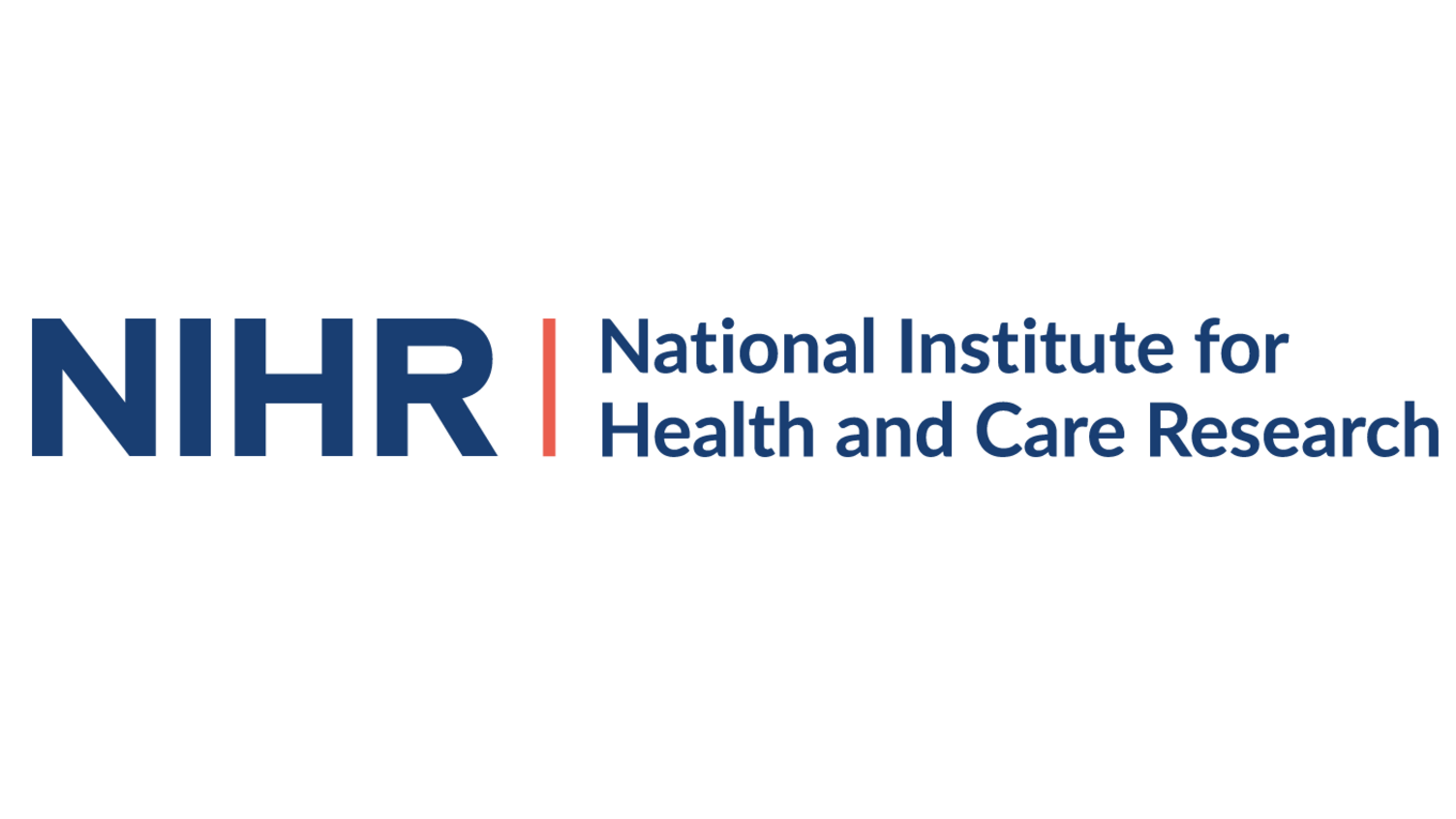Social media use when engaging research users in setting the priorities for research
- 9 November 2020
- 3 min read
The Pediatric Cancer PSP team in Canada has kindly updated us on their experience of researching the best ways to use social media to boost responses to their survey. They have written a detailed paper about social media use (.PDF) and what follows here is a summary of what they found. The detailed paper (.PDF) includes all references for the supporting information they discovered about the best ways to use social media.
You can follow the Canadian Pediatric Cancer JLA PSP on Twitter @PedCancerPSP
Introduction
Social media can elicit engagement from patients, family members, care givers and healthcare professionals across the phases of research, including at the priority setting stage with James Lind Alliance Priority Setting Partnerships (JLA PSPs).
The Canadian Pediatric Cancer PSP team has recently researched and successfully implemented a range of social media techniques to enhance our survey responses from children with cancer, childhood cancer survivors, their family members and healthcare professionals, so we wanted to share what we found.
So, what are the basics of a social media campaign?
A campaign should begin by identifying objectives, followed by designing a brand that will establish a recognizable online presence. This usually includes generating a name, tagline, logo, colour palette, font family and a consistent set of visuals, as well as short graphics and text. We aimed to post approximately 2-3 times each week, with each post having a link, hashtag and a photo or video to support brand recognition. Posts containing these components are often amplified by social media algorithms, which increases audience reach.
PSPs may want to speak to representatives of their community to find out what platforms they and other members of their networks use, whether that’s LinkedIn, Facebook, Instagram, YouTube, and Twitter, or something else. We created different posts for different audiences. For example, LinkedIn posts contained key scientific-based phrases such as “Pediatric Oncology”, aimed at healthcare professionals. In comparison, graphics aimed at parents and caregivers highlighted words like “Childhood Cancer” and we posted these to Facebook and Twitter.
Analytics tools are available on almost every social media platform and provide insight on audience demographics, the best times and days to post messages, and suggested post frequency, all of which really helped us to keep adapting our social media plans. For example, within the first month of our campaign, many of our followers were internationally based and predominantly females within the 30-35 age group. To ensure our audience reach was representative of the general Canadian population, we began following accounts associated with childhood cancer and Canada. This helped to shift our audience towards one that included individuals that we needed to hear from. Analytics also showed us that GIFs and videos performed substantially better than images, so we switched to video-based posts, which increased our overall audience reach.
What did we learn about growing a social media presence?
It’s very common for awareness of a JLA PSP survey to be raised by sharing amongst social media users (e.g. retweeting on Twitter, re-posting on Instagram, or re-sharing on Facebook) and this is what we encouraged too. It kept our costs down and we got a following of approximately 1000+ individuals across the multitude of platforms, helping us reach pediatric cancer knowledge users. To help, we followed the social media profiles of individuals whose demographics or interests were relevant to the field of pediatric oncology, and we made sure our posts had searchable hashtags. Many of our steering committee members also had large social media presences that we could use to reach a broader audience.
Should we pay for adverts on social media?
When growing a social media presence, PSPs can also use paid adverts. Our PSP budget didn’t allow for this, but marketing studies show that paid posts receive much more engagement than organic (or non-paid for) posts. Paid adverts also allow PSPs to target the demographics they need to hear from and give access to analytic tools to monitor the performance of the advertisement, so that campaigns can be modified as they unfold, to reach the right range of people.
Takeaway findings
- Social media offers many benefits to researchers interested in engaging knowledge users in research, including in JLA PSPs. It allows PSPs to reach a wide audience reach, at a low cost, and to disseminate results quickly.
- Overall, there are multiple functions of social media that can be harnessed and implemented in an online campaign that is unique to the researchers’ needs –– helping reach audiences of magnitude and diversity that may be unimaginable within traditional recruitment methods.
- Researchers that are careful to develop a recognizable brand, select appropriate social media platforms, and monitor and augment campaign performance regularly may be able to encourage meaningful research involvement from a large and diverse range of knowledge users.


